5. Mishima: A Life in Four Chapters (1985)
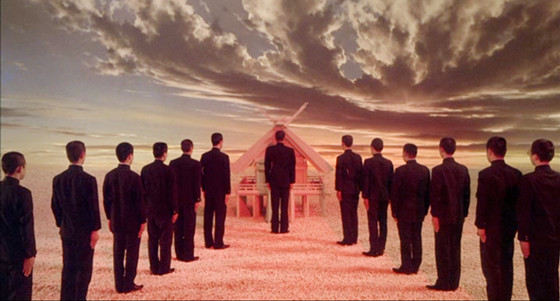
Mishima: A Life in Four Chapters is everything a biopic should be and could be.
The main strength of a biopic should above all else, (other than traditional narrative conventions) be authenticity. It must be capable of capturing not only the zeitgeist of the era, but the intricacies of the subject’s life, in order to not only accurately portray the subject but to ensure audience immersion, filmmakers like Pablo Larrain is exceptionally skilled in this school of thought.
Mishima: A Life in Four Chapters decides to forgo this established method of storytelling, and instead, opts for an approach more akin to Jodorowsky auto-biopics, in a sense that they capture not only the objective, but the subjective. The film follows the life of the tortured and misguided, but yet undeniably brilliant Yukio Mishima, a writer obsessed with the idea of beauty, masculinity and the art form in general, projecting his unhealthy passions into his work as well as his way of life, resulting in an increasingly radical psyche.
The film adopts a formalist narrative, crosscutting between Mishima’s life, distinctly portrayed in black and white, as well as the end of his life, and more importantly, dramatic reenactments of his written works.
By constantly swapping narratives as the film progresses, we essentially get in-depth glimpses into the curious mind of Mishima, we see the essence of his psychosis, illustrated through glorious setpieces straight out of a Fellini film, complete with vibrant colours, ethereal cinematography and an overall surreal atmosphere, truly accentuating the mind of a creative as well as distinctly separating fact from fiction.
Such an innovative style of narrative essentially gives a strong weight to the actual “objective” moments of the film, the vignettes of the character’s life. We associate meaning to seemingly throwaway moments, we experience his life through his own imaginative eyes. We experience a level of empathy for such a quirky individual to the point where we could almost anticipate his next move, not due to predictable storytelling, but storytelling that guides us, ever so quietly. A level of empathy that makes his extremism almost seem justified when put in context.
A film able to do so much and truly allow audiences to get lost in not only the world of the film, but the world of the character is absolutely incredible, even more so considering the fact that this is not an autobiographical like Endless Poetry or 8 ½, this is a biopic, a film of someone made by another, requiring an immense amount of research as well as personal understanding.
This is an undeniably impressive film that manages to not only raise thought-provoking questions and philosophical musings in the most naturalistic way possible, but also in the most surrealistic way. The way it most certainly excelled in, boasting some of the most dream-like visuals even for today’s standards. This is the gold-standard for what a biopic should be and an unparalleled experience that’s able to capture such a unique perspective right down to a subconscious level.
4. Magical Girl (2014)
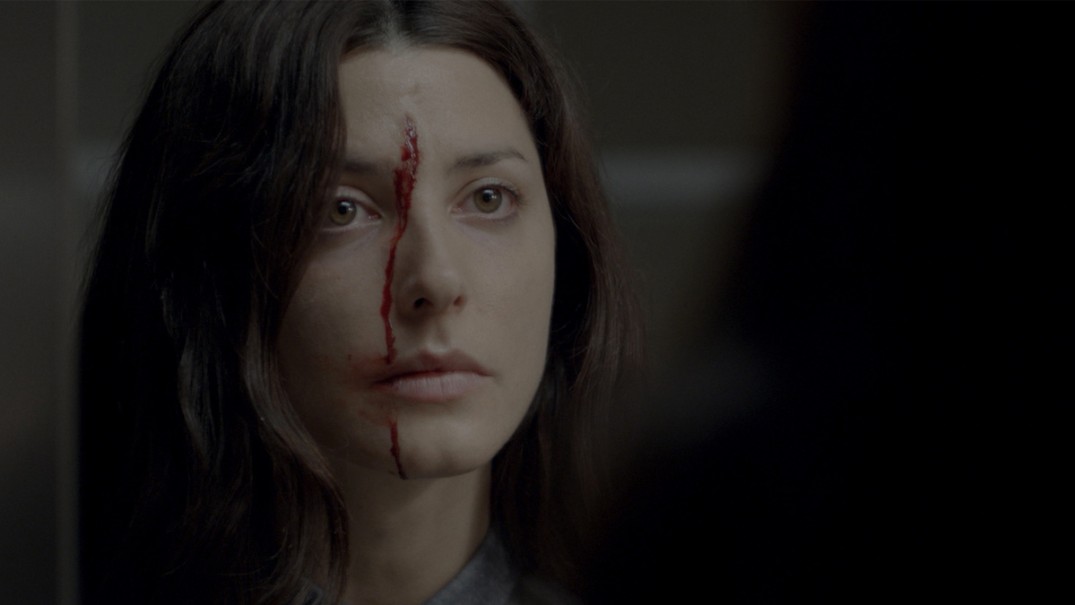
The name Pedro Almodovar is extremely prominent in the world of cinema, literally redefining the counterculture movie scene of Spain, bringing to life films like Bad Education and Talk to Her, extremely complex melodramas with strikingly beautiful visuals in relation to colour. Imagine such a renowned figure publicly praising a film named after a subgenre of Japanese anime.
The film chronicles an unemployed literature teacher as he spirals down a chain of blackmail on a journey to fulfil the wish of his terminally ill daughter, switching between the perspectives of multiple, equally well-developed, complex characters with such unbelievable personalities as their stories converge, complete with brilliant moments of surrealism, adding depth and brilliance to the film without coming across as overtly ridiculous or out-of-place.
Though these moments are what undeniably made the film as unique and memorable as it is, the filmmakers exercised a strong restraint when it comes to the delivery of information, knowing exactly what to show and what to leave to audience interpretation, resulting in a film that’s undeniably filled with intent, instead of just symbolism and weirdness thrown out without any real weight.
Magical Girl is essentially what you would get if you were to strip down the peculiarities of an Almodovar film to its foundations. Flashbacks are traded in favour of interweaving narratives. Striking colours, in favour of bleakness. But that poetic sense of a virtuoso at work, that jaw-dropping experience begotten by a first viewing and that sense of satisfaction from a second, the major, inherent strengths of the Spanish auteur’s works, still holds, perhaps even stronger in Vermut’s Magical Girl.
3. 71 Fragments of a Chronology of Chance (1994)
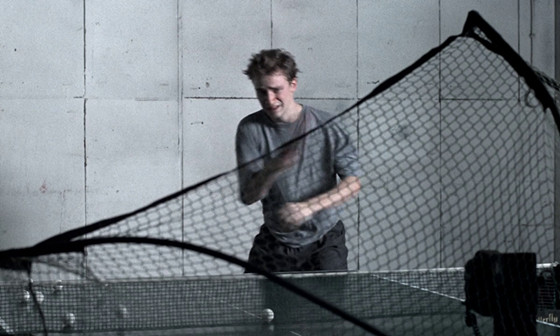
Like every other Haneke film, 71 Fragments of a Chronology of Chance provides a filmic experience unlike any other. It builds up as an extremely subtle formalist film, with the film’s narrative being presented in an incredibly disjointed structure, consisting of a series of clips focusing on either recorded news footage depicting atrocities or seemingly unrelated or pointless vignettes illustrating various characters in their day-to-day life, with interesting story beats coming as a rarity, and the clips all ending awkwardly in cuts to frames of black.
This peculiar presentation essentially forces audiences to draw some form of relation between the clips, to find some semblance of coherence amidst the chaos. Such a daunting disposition would require constant analysis and engagement by the audience, which would in turn, bolster emotional impact and immersion as we constantly attempt to decipher the unfolding sequence of events, but that frankly isn’t a flaw, but rather, a powerful commentary on television.
Haneke has such an innate and in-depth understanding of the inherently bigoted and misinformed subject and explored it in such a way that doesn’t reinforce his own personal view but instead, allows audiences the courtesy of choice, to form our own thoughts and interpretations on the subject, resulting in a film that’s intelligent, and even if it comes across as boring, pretentious or confusing, at the end of the day, could you really say that isn’t Haneke’s intent to begin with?
71 Fragments of a Chronology of Chance is a film that you simply are not able to grasp upon a first viewing beyond mere preconceived notions of Haneke’s vision, a fact true for most of his work and evident, now more than ever.
The inherent themes of nihilism, influence and violence are all brilliantly and minutely explored, so is the allegory of television, with the characters being affected by television on a gradual, unconscious level, soon shaping their lives into some form of radicality. Haneke, a filmmaker very concerned and in touch with the audience, has the editor at the heart of it all, serving as a proxy for the audience, an emotionless drone, channel-surfing with seemingly no purpose.
2. Lancelot of the Lake (1974)
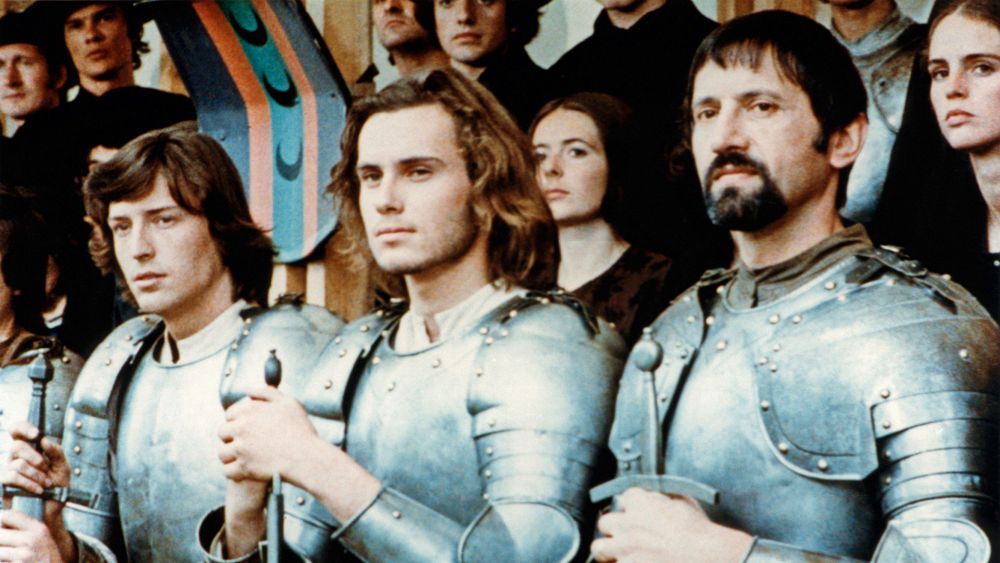
The unusual mix of a well-known medieval fantasy helmed by one of the most poetic arthouse filmmakers of all time. Lancelot of the Lake takes the classic fairy tale of King Arthur’s knights on the quest for the Holy Grail and subverts it to bring a humanising tale about betrayal, love and duty, all of which already classic themes in medieval folktales, now explored extensively with Bresson’s profound vision, bringing an unexpected blend of both realism and surrealism to the tale.
The film has literally zero sugar-coating whatsoever and is probably the most accurate retelling of a legitimate medieval transcript, complete with moments of excessive gore and characters going on long philosophical tangents.
Though the latter did come across as particularly pretentious, one has to know and consider Bresson’s status in the history of cinema and nevertheless accept that as an intentional, a sort of satire or subversion of the whole genre of fantasy, which is something established from the beginning of the film, which, after 5 minutes of ultraviolence, skips the entirety of the quest for the Holy Grail to tell an undeniably more human story, favouring love over spectacle, venturing where perhaps no other filmmaker has went even up until this day, the realm of high-brow arthouse fantasy.
Lancelot of the Lake’s unexpected presentation as well as Bresson’s take on the genre plays a lot on audience expectations, a strength extremely prevalent in Bresson’s filmography, with this film in particular offering a slow burn rollercoaster of emotions that climaxes surprisingly wildly towards the end as it did in the beginning. Nonetheless, do not go into the film expecting the next instalment of The Lord of the Rings because this is very distinctly an arthouse film that just simply utilises the unique backdrop of Arthurian folklore in a hauntingly brilliant manner.
1. Flowers of Shanghai (1998)
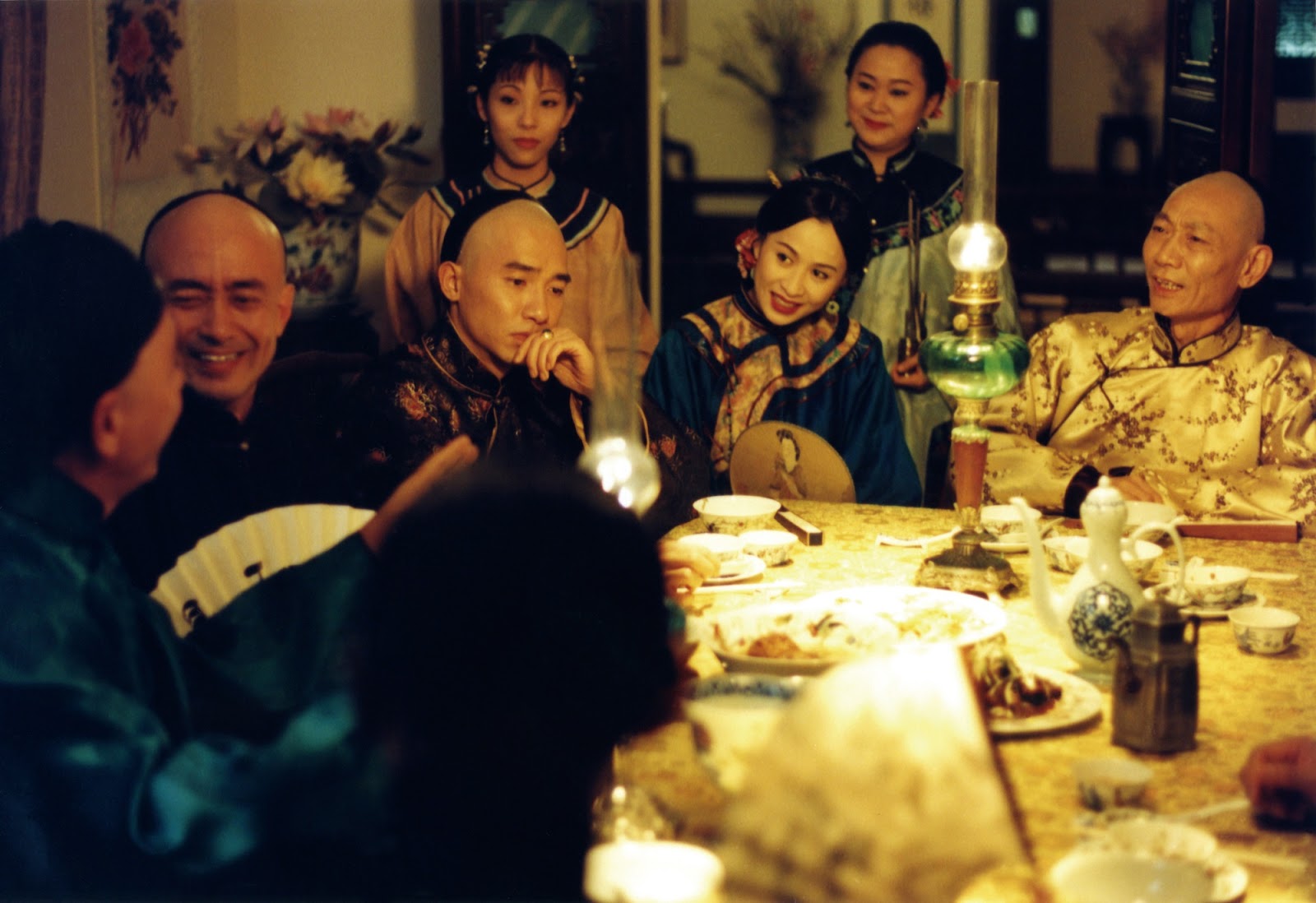
A series of vignettes detailing the happenings of a late 19th century brothel. Each vignette consists of a single long take, highlighting the landscape of excess of the era, beautifully lit with oil lamps with the camera slowly wavering from side to side, letting audiences not only take in the beautifully built sets, but form our own sense of narrative from the story presented to us.
The film touches on themes of self-indulgence, following a quiet, melancholy man searching for love amidst a landscape with a lack thereof, essentially outdo-ing Chungking Express at its own game.
As mentioned earlier, the narrative isn’t explicitly handed to the audience, much like depicted (albeit poorly) in television, Hou Hsiao-hsien opted to reveal information through gossip, small-talk, moments of banter that come across as otherwise unimportant. Nothing said is ever set in stone. Be it the broken promises of love or the delusions of freedom.
What truly sets Flowers of shanghai apart from the norm is its powerful sense of audience involvement. The film’s unique narrative presentation when put together with the cinematography places audiences in the world of the film. We feel like one of the characters, sitting at the table, observing their apparent pleasantries.
We form our own perspective of the world, much like Tony Leung’s character, and when that sense of perception, that familiarity is brilliantly subverted, not in a jarring sense, but in a fashion that almost makes us feel stupid, Hou has most certainly pulled one over us, we feel angry, not at the film, but at ourselves, for falling for the same subtle cues as Leung did.
Flowers of Shanghai is a film essentially that forces audiences into its world. On top of the ethereal nature of its cinematography and the essentially silent protagonist, it still requires an immense amount of patience to sit through, demanding your absolute attention at every moment to fully comprehend the story very slowly laid out in front of us, but if you do choose to sit through the undeniably slow-paced behemoth of a film, it’s one that is beautiful, not only from a visual standpoint, but from a self-reflective, emotional point-of-view.
Author Bio: Zach Wee is a film student from Singapore. Apart from being an aspiring filmmakerr, Zach has a strong passion for cinema and manages the website of his school’s film club, where he edits and also submits weekly film reviews.